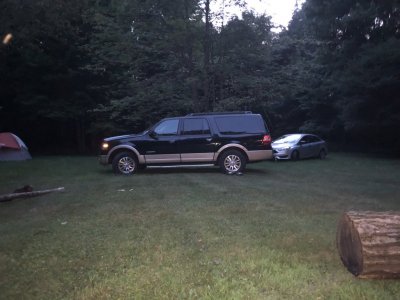Although the corrosion shown in post #16 is not aluminum panel corrosion, Ford has been aware of the aluminum panel corrosion for YEARS. Thus, the yearly TSB, which is updated with the new model years and models.
It is my belief that Ford made a business decision years ago to “live with” the aluminum panel corrosion, and repair the panels where the owner complained long and hard enough, instead of identifying the root problem and fixing it.
Ford must have decided it would be cheaper to repair a estimated number of panels, instead of implementing a process to eliminate the corrosion (while vehicles were still covered under the new-car warranty).
What Ford probably was unable to put a dollar figure on was the amount of ill-will generated with their customers, poor-quality perception of their product, and customers that will not buy another Ford with aluminum panels.
It is clear that Ford has no interest in continuous improvement and quality issues concerning the decades-old aluminum panel corrosion issue.
I think these automakers do exactly as you mention. They look at what it costs to implement a fix or just pay out on some that complain enough. It reminds me of GM and their known front end suspension issues on full size vehicles, my father after multiple vans got so fed up with GM poor quality and service he switched to Ford vans. While the Ford chassis proved to hold up much better to abuse the E-Series was discontinued in 2014. He decided to try another GMC van and now at 28,000 miles it already needs ball joints and a wheel bearing. The Ford E-Series had much better QC and didn’t need front end work until 100k miles typically. My aunt purchased a 2015 Yukon Denali new in late 2014...same problems with multiple front end related failures, namely CV axles right after the basic warranty expired and had to pay. As you all say, cheaper to deny.
Last edited:


